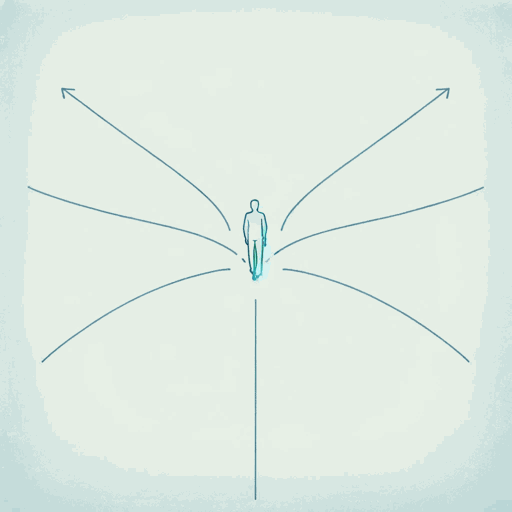29 pages • 58 minutes read
Branden Jacobs-JenkinsEverybody
Fiction | Play | Adult | Published in 2018A modern alternative to SparkNotes and CliffsNotes, SuperSummary offers high-quality Study Guides with detailed chapter summaries and analysis of major themes, characters, and more.
Symbols & Motifs
La Danse Macabre
After Everybody learns that what they believed was important is empty in the face of death, and that they must undergo the journey into death alone, they encounter Love, who agrees to go with them after breaking down their resistance. In the scene that follows, “Skeletons dance macabre in a landscape of pure light and sound” (46). After the dance, Death returns to start Everybody’s final journey. La Danse Macabre is a strange interlude that marks a turning point in the text.
La Danse Macabre, French for “The Dance of Death,” is an allegorical trope from the high Middle Ages that became a popular subject for artists and dramatists. In mid-14th century, death became a constant presence across Europe as the Black Plague killed nearly a third of the population, and England and France fought the Hundred Years’ War (1337-1453). The Black Plague in particular left devout Catholics desperately to win God’s forgiveness by massacring thousands of Jewish people and through ritualized acts of self-flagellation. Their confusion led to the popularity of morality plays.
In many iterations of La Danse Macabre, the dead (often skeletons) dance with the living and usher them into death.
Featured Collections
Allegories of Modern Life
View Collection
American Literature
View Collection
Dramatic Plays
View Collection
Fear
View Collection
Good & Evil
View Collection
Mortality & Death
View Collection
Order & Chaos
View Collection
Philosophy, Logic, & Ethics
View Collection
Pulitzer Prize Fiction Awardees &...
View Collection
Religion & Spirituality
View Collection
Valentine's Day Reads: The Theme of Love
View Collection

